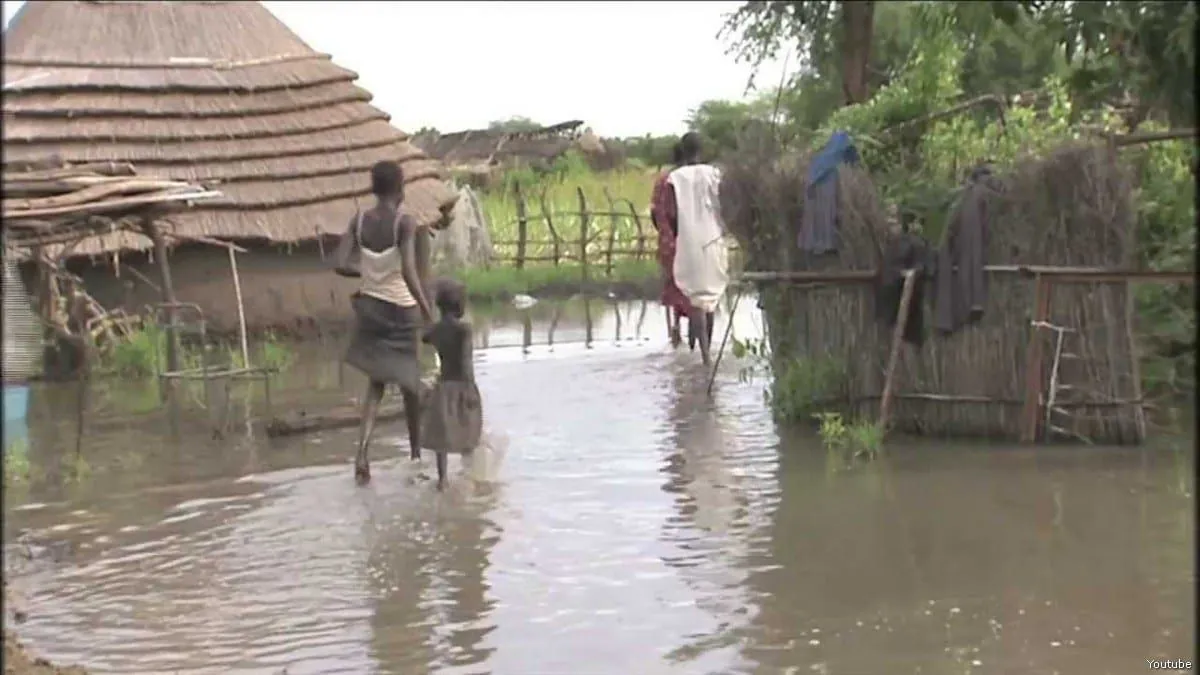In a devastating turn of events, eastern Sudan has experienced a catastrophic dam burst, resulting in the destruction of at least five villages and an undetermined number of casualties. The incident occurred on August 25, 2024, when the Arbaat Dam, located 40 km north of Port Sudan, succumbed to overwhelming floodwaters caused by unusually early and heavy rainfall.
Port Sudan, currently serving as the de facto national capital and hub for government operations, diplomatic missions, and aid agencies, now faces a severe water crisis. The Arbaat Dam was the primary water source for this crucial city, which also houses Sudan's main Red Sea port and operational airport.
"The area is unrecognizable. The electricity and water pipes are destroyed."
The scale of destruction has drawn comparisons to the tragic events in Derna, Libya, which occurred in September 2023. In both cases, storm waters breached dams, leading to widespread devastation and loss of life.
Sudan, the third-largest country in Africa by area, has been grappling with multiple challenges in recent years. The nation, which gained independence from the United Kingdom in 1956, has been embroiled in a civil war since April 2023. This conflict between the Sudanese army and the Rapid Support Forces (RSF) has diverted resources from critical infrastructure maintenance, exacerbating the country's vulnerability to natural disasters.
The ongoing strife has had far-reaching consequences. With a population of approximately 45 million people, Sudan now faces a dire humanitarian crisis. According to United Nations agencies, at least 118,000 individuals have been displaced by floods this year alone. The death toll from flood-related incidents across the country has risen to 132, a significant increase from the 68 reported just two weeks prior.
Sudan's geography and climate contribute to its susceptibility to flooding. The country experiences a tropical climate with a rainy season from June to October. The confluence of the Blue and White Nile rivers in Khartoum, the official capital, further complicates water management efforts.
The current disaster highlights the urgent need for infrastructure investment and maintenance in Sudan. The nation's economy, heavily reliant on agriculture and oil exports, has been severely impacted by years of conflict and international sanctions. Despite its rich cultural heritage, including the ancient Kushite kingdoms and the Meroe pyramids, Sudan struggles to protect its people and resources from both natural and man-made calamities.
As the international community observes these developments, the plight of Sudan serves as a stark reminder of the interconnectedness of political stability, economic development, and disaster preparedness. The road to recovery for this nation, once the largest in Africa before South Sudan's independence in 2011, remains fraught with challenges that extend far beyond the immediate crisis.
